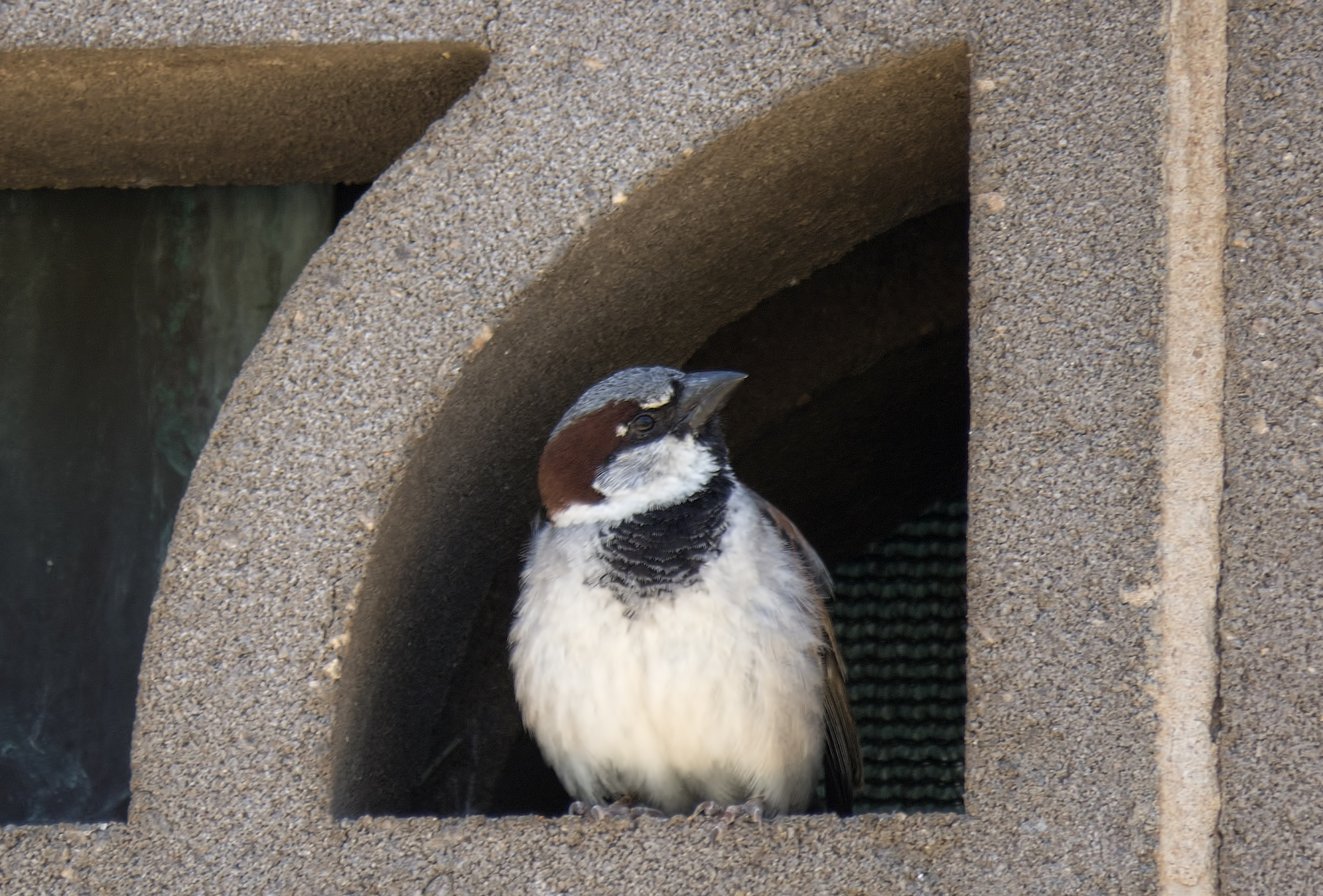
Global warming may actually cause birds to shrink
It’s a commonly known fact of biology that animals living in colder climates typically have larger bodies — an adaptation that helps reduce heat loss in frigid temperatures (and also a good excuse if you’ve been bulking up this winter). But with the impacts of climate change growing more imperative each day, understanding how temperature affects animals is becoming more important than ever. Now, new research suggests that global warming may actually cause bird populations to shrink in physical size.
A recent study from Macquarie University, published in The Auk: Ornithological Advances, analyzed the size of European House Sparrows in order to see if there was any relation to the temperature of the climates they inhabit. This species has spread into a variety of climates in Australia and New Zealand since they were first introduced in the mid-19th century.
The researchers hypothesized that this population spread might be in part due to rising temperatures as a result of climate change. “If variation in body size is linked directly or indirectly to adapting to different climates, then body size could be useful for monitoring the extent to which bird populations are capable of adapting rapidly to changing climates,” says Samuel Andrew of Macquarie University.
The researchers captured and measured about 40 adult House Sparrows at each of the 30 locations they chose around Australia and New Zealand. Their findings indicate that maximum temperatures during the summer — when the birds breed — were a better predictor of adult body size at each location than winter minimum temperatures. These results support the idea that excessive heat during development may affect birds’ growth throughout their lives, which is a cause for concern that increasing summer temperatures due to climate change may drive down the average adult bird body size — with potential effects on the species’ fitness.
“This paper is an important addition to a growing body of work that is changing our understanding of the relationships between climate and body size,” says Tim Parker of Whitman College, an expert who was not involved with the study. “The big question generated by these results is the extent to which the observed relationship is the outcome of adaptive evolutionary differences among sites as opposed to direct developmental responses to different temperatures.” He goes on to point out that the authors of this study also published experimental evidence of a direct effect of temperature on growth in a different bird species, potentially backing up the findings of this study as well.
“Our work on this common species helps us to understand the adaptive responses of birds to a changing climate and their constraints, and this fundamental knowledge will help future workers and managers focus their work on other species and potentially identify those species most at risk from climate change,” says Andrew.
—
By Connor Ertz, Earth.com Staff Writer
Image Credit: P. Deviche













